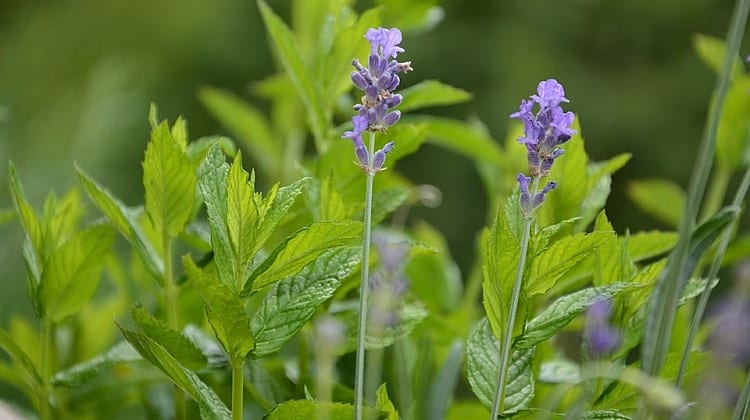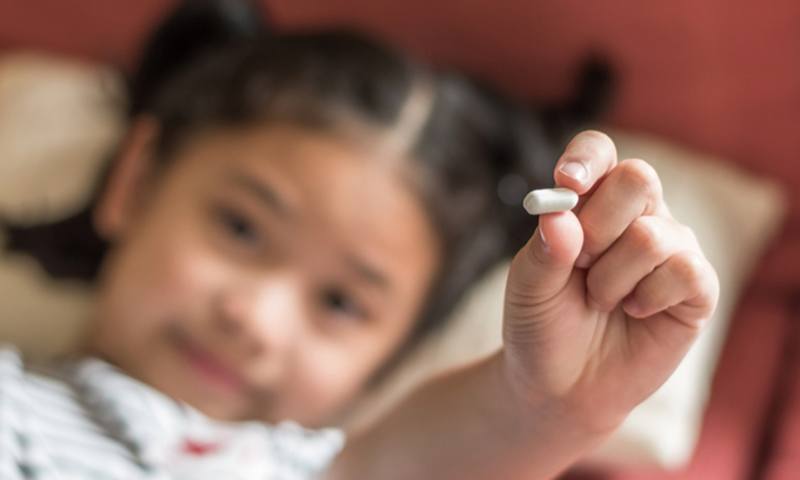Molluscum contagiosum is a skin infection caused by the virus Molluscum contagiosum. Molluscum contagiosum appears as small pearly, skin-colour, wart-like lesions all over the body. It is spread by direct contact with other affected children, or by handling contaminated objects. Molluscum contagiosum is painless and usually harmless. They disappear on their own and rarely leave scars when they’re left untreated. The length of time the virus lasts varies for each person, but the bumps can remain from two months to four years.
Medication and surgical treatments are available, but treatment isn’t necessary in most cases. The virus can be more difficult to treat if your baby haves a weak immune system.
Molluscum Contagiosum in Babies: Risk, Causes, Signs and symptoms & Treatment
Risk
The typical age of children infected by molluscum contagiosum is 1–5, but infants may also be affected. The lesions are mostly present on the face, eyelids, neck, armpits, and thighs and affect them. Infants with eczema (dry, itchy skin) may be more severely affected by it.
Causes
The MCV is a type of poxvirus that spreads infection through infected people and contaminated objects. In babies, molluscum contagiosum can occur through the following ways:
- Direct skin contact with an infected person.
- Contact with contaminated objects such as towels, sheets, bathing sponges, and toys.
It can also spread through water in and around swimming pools and saunas.
Signs and symptoms
If your child comes into contact with the causative virus, you may not see symptoms of infection for up to six months. The average incubation period is between two and seven weeks. You may notice the appearance of a group of small lesions. They’re usually:
- small, shiny, and smooth in appearance
- flesh-colour, whitish pink
- firm and dome shaped with a dent in the middle
- central core filled with waxy material
- between 2 to 5 millimetres in diameter
- present anywhere except on the palms of your hands or the soles of your feet — specifically on the face, abdomen, torso, arms, and legs of children, or the inner thigh and genitals
Occur in clusters and sometimes in a straight line from scratching and self-inoculated. In patients with an immune system deficiency, bumps can be larger.
Treatment
For babies, the treatment plan may include preventing the spread of lesions, which may occur due to excessive itching or rubbing the infected area.
- Most often, the infection is left to clear by itself.
- Your child’s doctor may recommend the use of an ointment depending on the severity of the condition.
- Doctors may recommend oral therapy for children if the lesions are large in numbers or have become swollen. Oral therapy includes the use of oral cimetidine on the lesions, which may be helpful in preventing scarring.
Here is the long-term outlook for children with molluscum contagiosum. A molluscum contagiosum infection will usually go away on its own if the child’s immune system is healthy. Typically, this happens gradually within 6 to 12 months and without scarring. However, for some, it may take from a few months up to a few years for the bumps to disappear. The infection can be more persistent and last even longer for children with immune system problems.
Once the lesions fade, the M. contagiosum virus is no longer present in his/her body. When this happens, they can’t spread the virus to others or to other parts of your body. You’ll see more bumps only if they become infected again. Unlike with chickenpox, if you’ve had molluscum contagiosum once, you’re not protected against being infected again.
How can molluscum contagiosum be prevented?
The best way to prevent getting molluscum contagiosum is to avoid touching the skin of another person who has the infection. Following these suggestions can also help you prevent the spread of the infection:
- Practice effective hand washing with warm water and soap with the baby.
- Instruct children in proper hand-washing techniques since they’re more likely to use touch in play and interaction with others.
- Avoid sharing personal items. This includes towels, clothing, hairbrushes, or bar soaps of the baby.
- Avoid them from using shared sports gear that may have come in direct contact with someone else’s bare skin.
- Avoid picking at or touching areas of your baby’s skin where the bumps exist.
- Keep the bumps clean and covered to prevent yourself or others from touching them and spreading the virus.
It is not a life-threatening infection, but parents must take precautions in managing the condition well.













